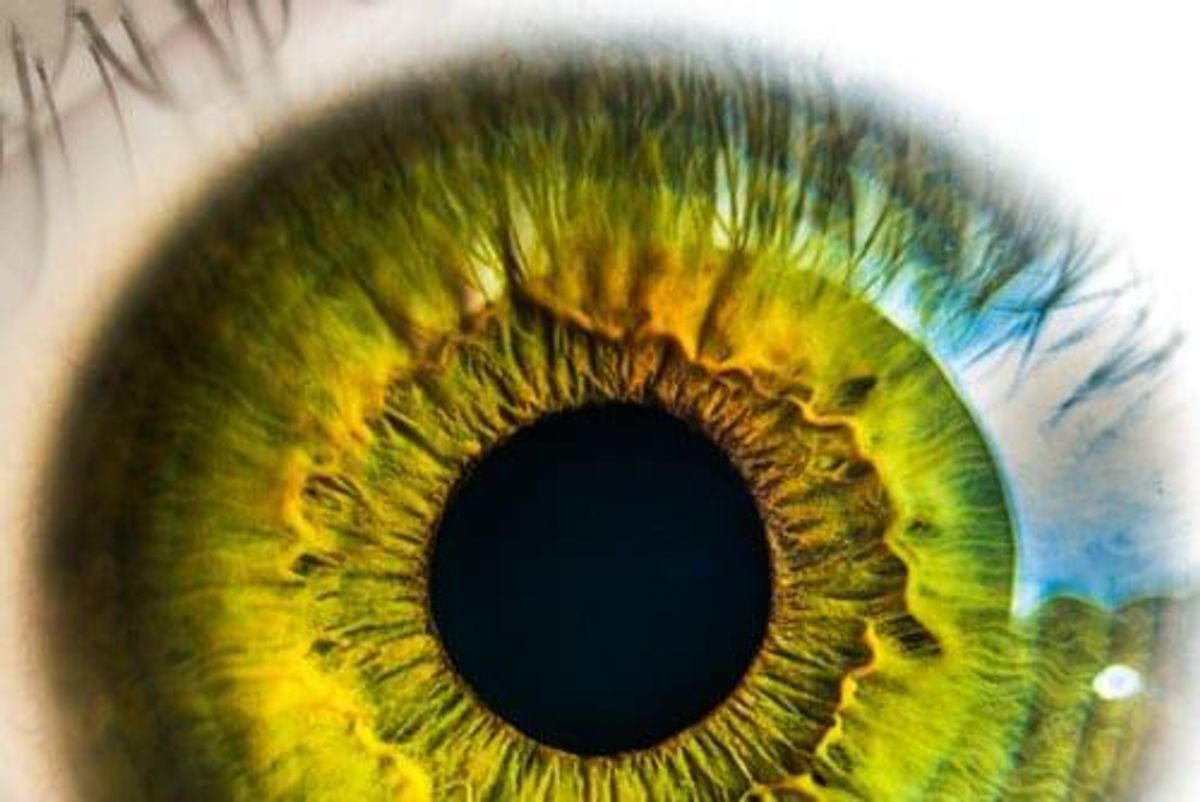Nightstar Provides Business Update and Q3 Financial Results

A big announcement for these trials will be the initiation of the Phase 2/3 expansion study for the candidate NSR-RPGR for X-linked retinitis pigmentosa (XLRP), which is a genetic eye disease.
Nightstar Therapeutics (NASDAQ:NITE) released clinical milestones and its Q3 2018 financial results on Tuesday (November 13).
Clinical milestones consist of upcoming dates for two clinical trials and its respective trial data readouts. A big announcement for these trials will be the initiation of the Phase 2/3 expansion study for the candidate NSR-RPGR for X-linked retinitis pigmentosa (XLRP), which is a genetic eye disease.
Dave Fellows, CEO of Nightstar, said the company will be using guidance from the US Food and Drug Administration (FDA) on its development of gene therapy products for retinal disorders. “We believe [the guidance] will allow us to expedite the development of NSR-RPGR,” he said.
The trial, designated XIRIUS, finished enrolment of the Phase 1 portion in August, according to the press release. This was a dose-escalation trial, which was open-label meaning the patients were aware of the type of treatment being administered.
In September, the company released preliminary data from its first cohorts out of six. The positive data affirmed the goal of the trial and contributed to expanding the trial, which was previously announced to begin this quarter.
For the new expanded trial, six-month follow-up data for all enrolled patients is set to be available in Q2 2019. One-year follow-up data for the same trial will be released in Q4 2020.
While the Phase 1 data measured out the most effective dose, the Phase 2/3 trial will measure out the safety and efficacy. The gene therapy drug is only for patients diagnosed with XLRP from a RPGR mutation, which is confirmed by genetic testing.
The primary objective of this trial is changes in retinal sensitivity following treatment. Secondary objectives include: anatomical and functional endpoints for safety and efficacy (which was also monitored in the Phase 1 trial) and exploratory objectives such as mobility maze assessments.
About 45 patients are set to be enrolled in this trial in six surgical centers across the US and the UK. Patients will broken up into three different treatment groups with about 15 in each. One group will receive a high-dose of the drug in one eye, another will receive the low-dose in one eye and the last will receive no treatment.
In-line with standard treatment, the treated groups in the trial will also receive eight weeks of steroid treatment to enhance Nightstar’s drug benefits. Although not yet commenced, the company expects to begin this trial before the end of the year, keeping up with its objective of initiating the trial.
Preliminary data from this trial should be released mid-2019 and one-year data is expected in 2020. The preliminary data will assist with evidence for the potential Phase 3 trial requirements for the drug.
XLRP is a rare inherited genetic disease. About 70 percent of cases occur in patients with the RPGR gene. The loss of this gene’s function contributes to rod and cone photoreceptors, which leads to vision loss.
About one in 40,000 patients, which equals to 17,000 patients, have the disease in the US and five European markets, according to the company. There are no currently approved therapies for the disease. Nightstar is conducting another observational study called XOLARIS, to understand the progression of the disease.
Nightstar’s other drug candidate in the clinic NSR-REP1 is in a Phase 3 clinical trial for Choroideremia, which is a rare genetic retinal disorder resulting in blindness. This trial is expected to complete enrolment by the first half of 2019 and one-year follow-up data should be released in 2020.
Choroideremia affects one in 50,000 people, and has no approved therapy.
For its Q3 financial results, the company highlighted operating expenses have increased across the board, which includes research and development (R&D) and general and administrative.
R&D expenses increased by US$3.8 million to US$7.84 million from the same quarter in 2017. The company accredits this increase to a rise in program-related expenses. Hiring additional employees also contributed to this expense to accommodate the company’s need to develop its candidates and pipeline.
General and administrative expenses increased by over US$1 million to US$3 million, also to keep up with the additional employee demand. Other factors of this increased expense consist of the company’s growth and its status as a public company.
Overall total operating expenses increase to over US$10 million from US$6 million as compared to Q3 2017.
Investor Takeaway
Throughout the trading period on Tuesday, Nightstar’s share price increased over 10 percent to US$13.02.
According to TipRanks, two analysts released notes to investors on the company on Tuesday. Chardan Capital analyst Gbola Amusa and Cantor Fitzgerald analyst Elemer Piros released “Buy” targets for the company with US$40 and US$36 price targets, respectively.
Investors can look forward to the anticipated data released dates mentioned in the article, and initiation of the expanded trial this quarter.
Don’t forget to follow @INN_LifeScience for real-time updates!
Securities Disclosure: I, Gabrielle Lakusta, hold no direct investment interest in any company mentioned in this article.